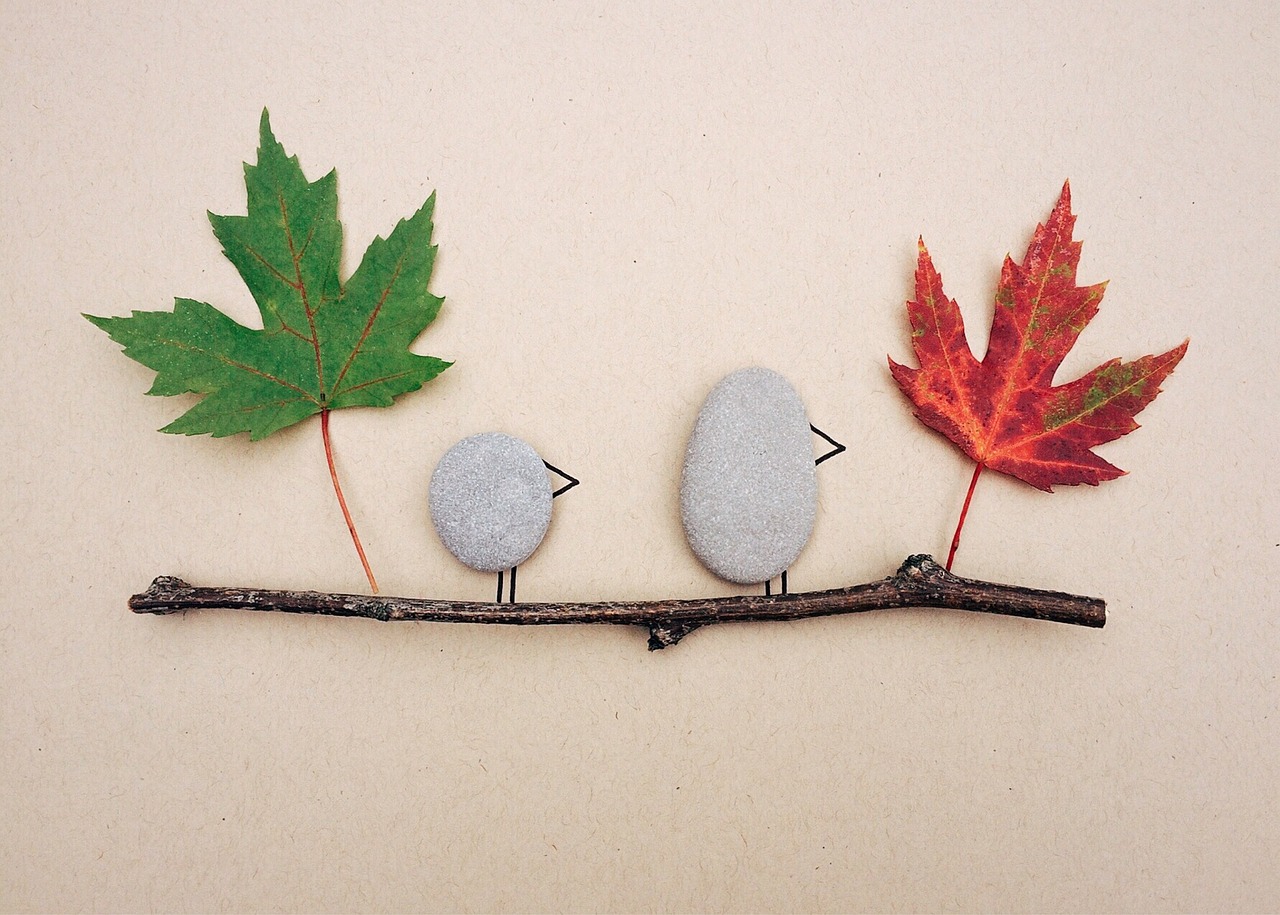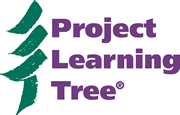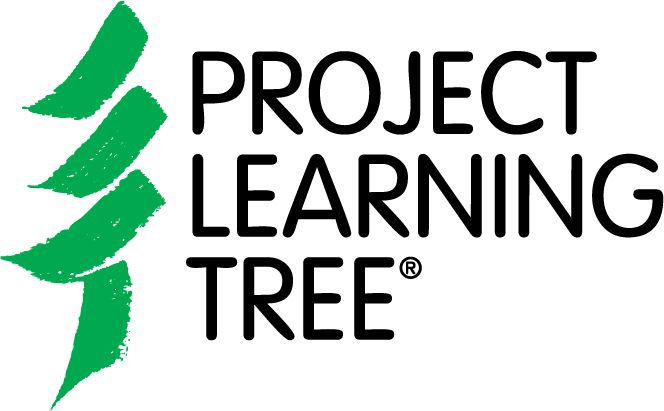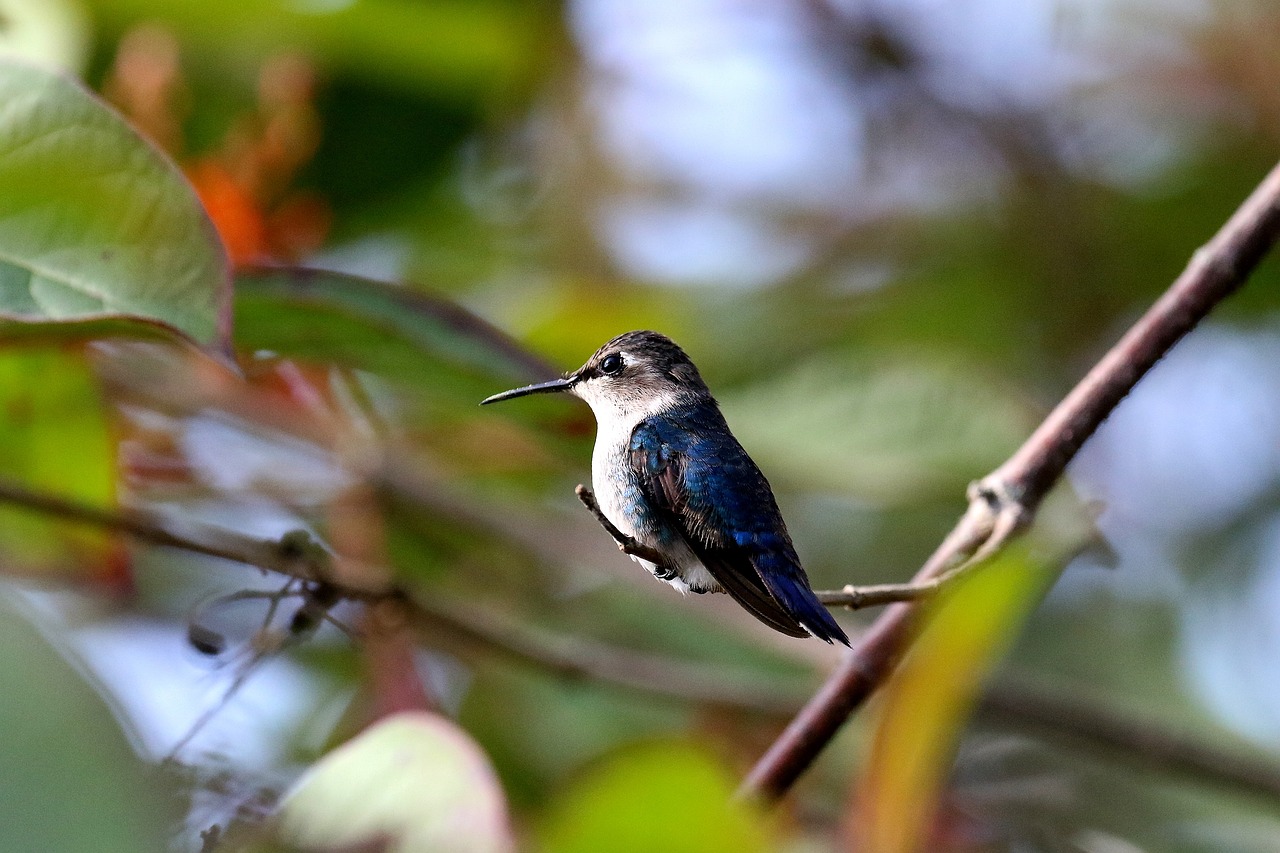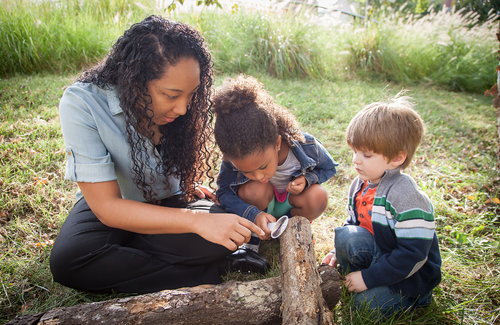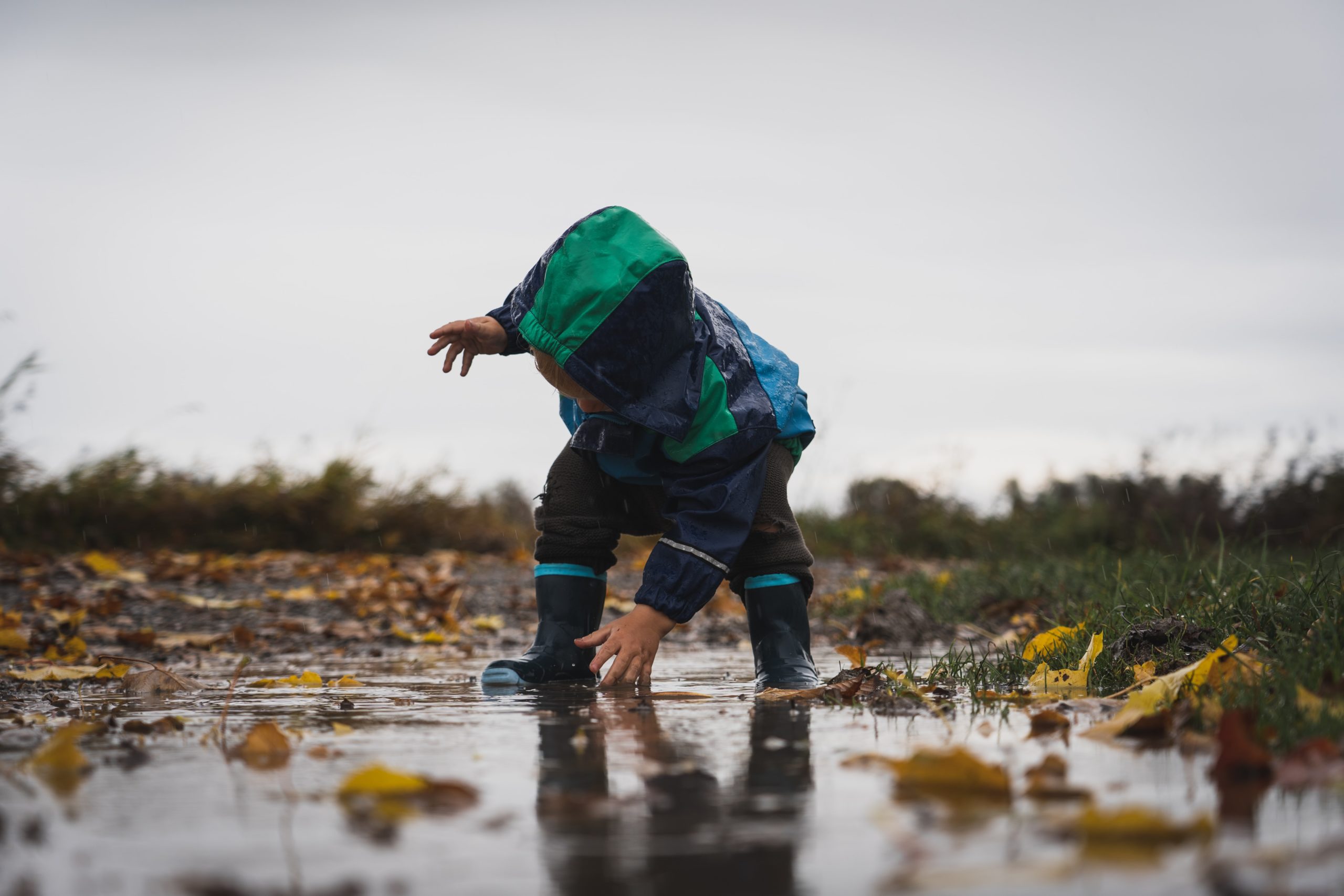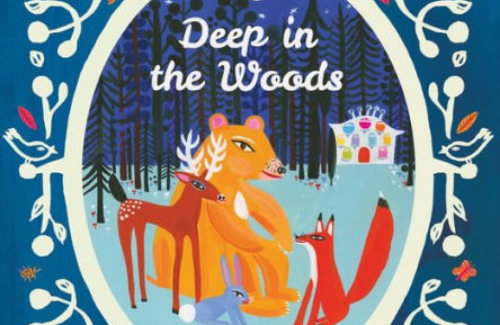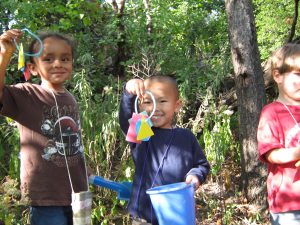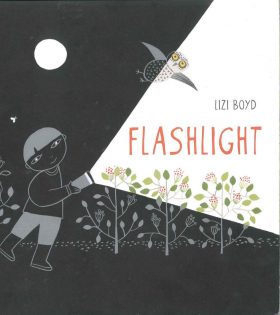Creating art in nature is about connecting with your environment, being inspired by nature, and leaving it right where it was found. Explore activities that use tools and materials found in nature to show children that anything can be art if you’re creative enough!
Young learners often focus on bees when learning about pollinators, but it’s important to introduce them to the diverse range of pollinators supporting our ecosystems. From birds to bats, butterflies to moths, there’s much to learn. Engaging activities like scavenger hunts, bee baths, and pollinator-themed crafts help them understand the vital role of these creatures and the importance of conserving their habitats. Explore how you can enhance activities and learnings with PLT!
Explore PLT resources to help you teach students about the environment, whether you’re new to teaching or looking for new environmental education resources to explore! PLT provides easy-to-teach, hands-on activities suitable for various settings, and a range of resources to support and mentor new educators.
Follow along a curious young boy who explores the urban forest near his home and describes the shapes, textures, and colors of the plants and animals that live there and encourages young children to observe and appreciate the nature around them.
Explore the world outside or bring the outdoors in with nature-based sensory activities that meet the needs of all students, including those with special or diverse needs.
Spring is in the air, which also means young kids are getting the wiggles, wanting to be outside. So why not help children by getting them moving and learning about the wonders of spring!
Can one little hideaway be a home to a host of woodland creatures? Learn about a Russian folk tale and encourage early learning along the way.
The word “yoga” derives from a Sanskrit word “yuj,” meaning “to unite or integrate.” This book embodies Sanskrit’s yuj and can be used to integrate multiple discipline areas.
Focus on the many shapes that are found in both natural and built environments.
Using no words and a dramatic color palate, this book follows a little boy who leaves his tent to explore the environment in the dark.
